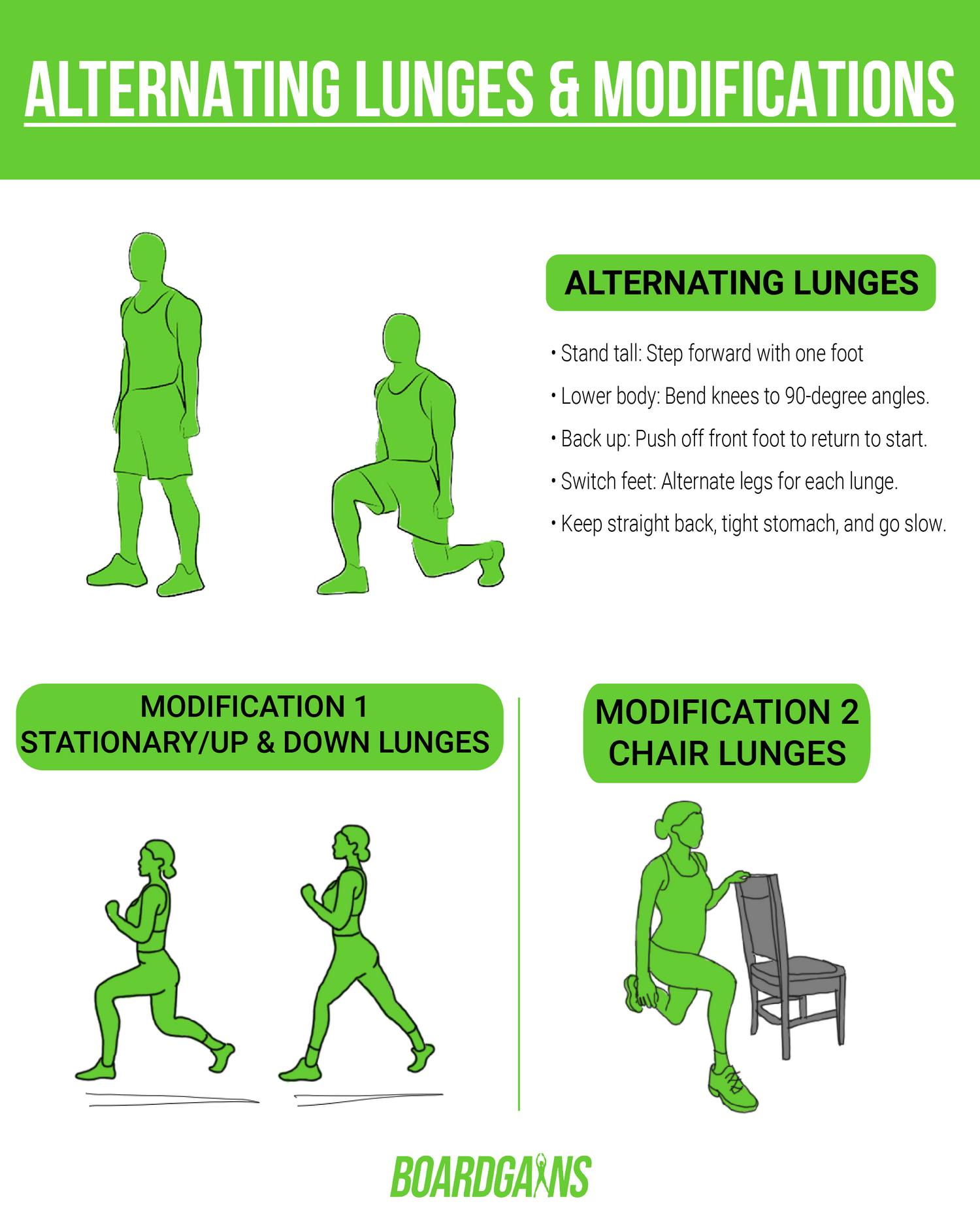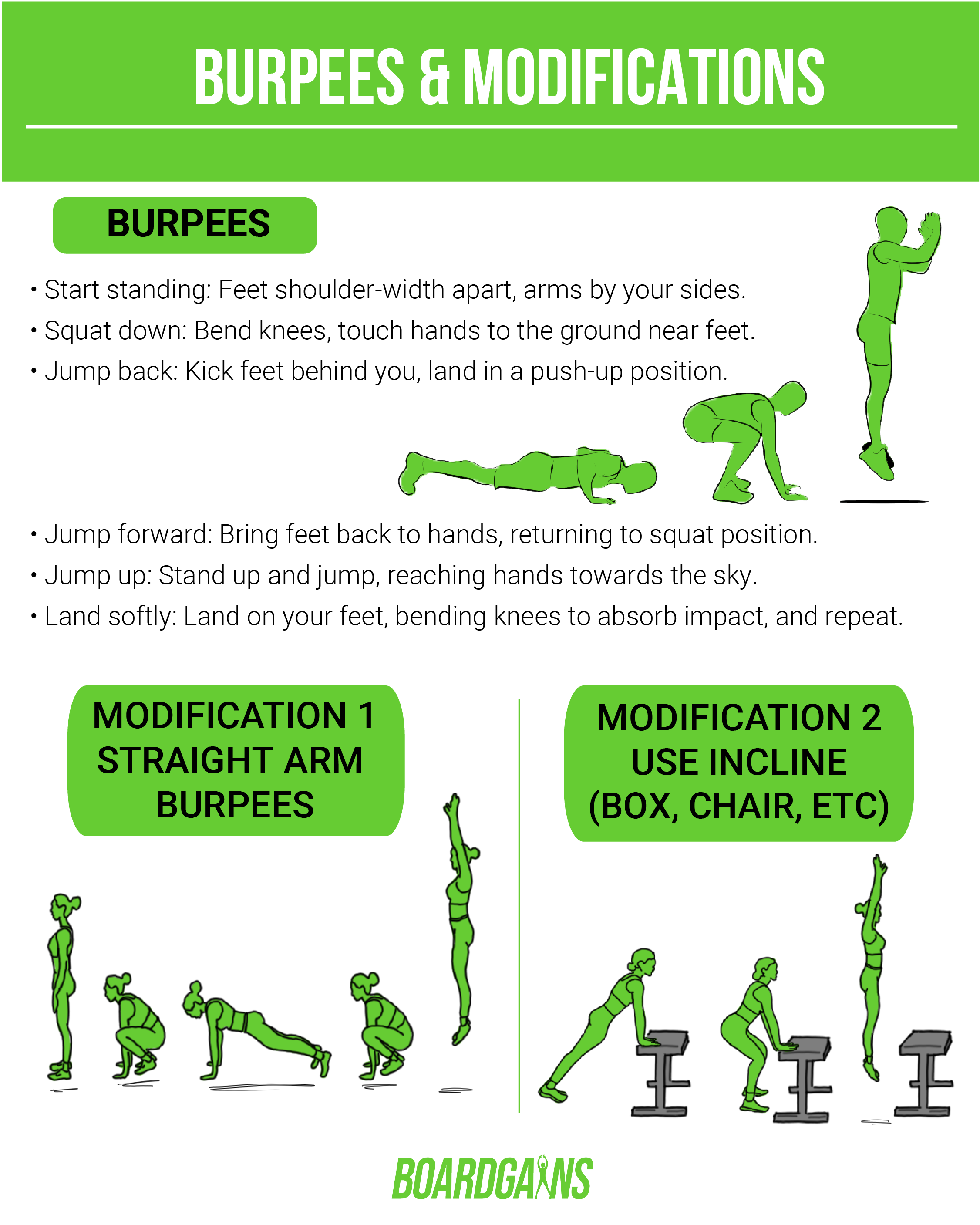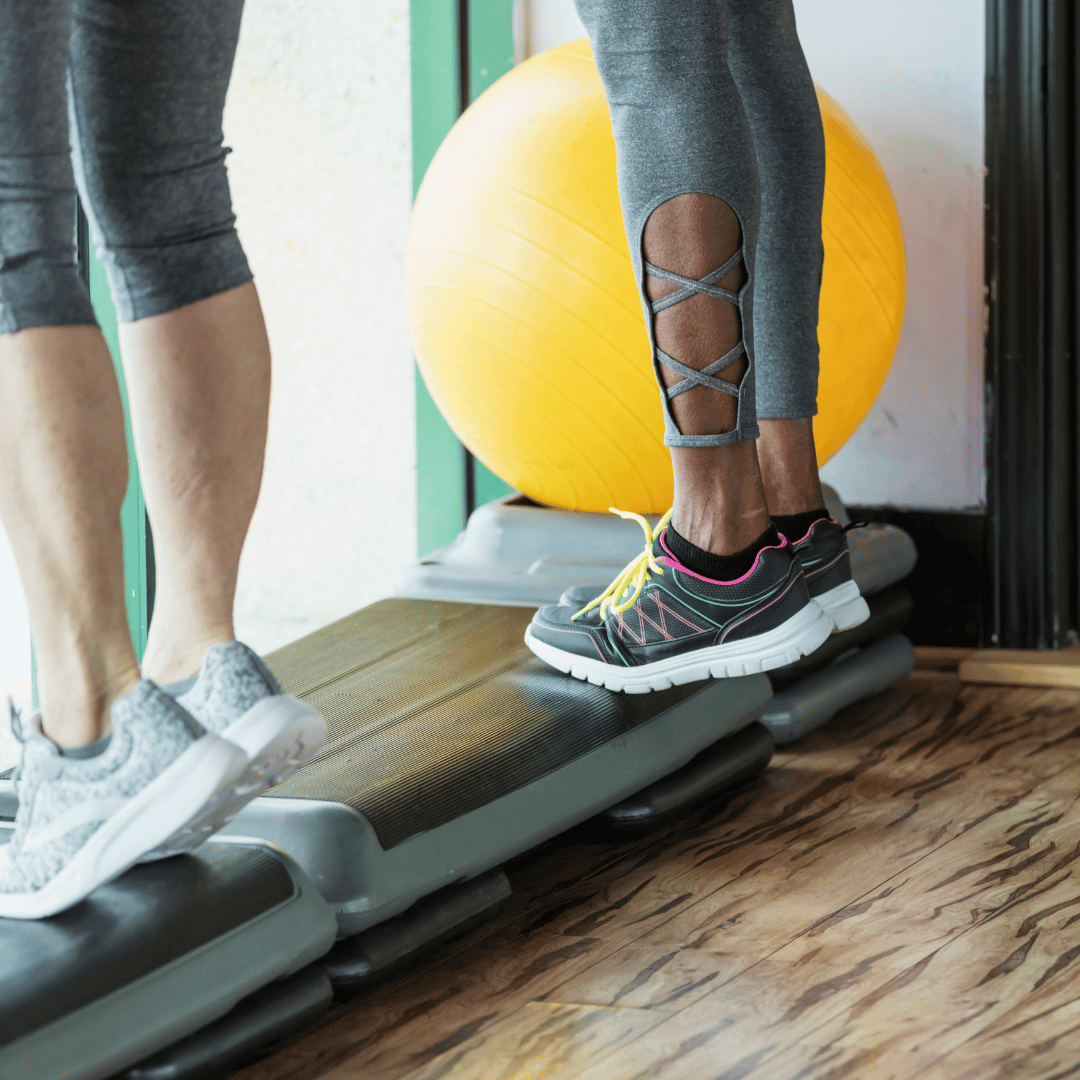Lunges are a popular exercise that targets multiple muscle groups, including the glutes, quads, and hamstrings. They are a versatile exercise that can be performed anywhere and without equipment. Lunges can help improve lower body strength, balance, and mobility. In this ultimate guide to lunges, we'll cover everything you need to know about the benefits, tips, and correct technique for performing lunges.
1. What are lunges?
Lunges are a popular exercise that involve stepping forward, backward, or to the side while bending your knee and lowering your hips until your front knee is bent at a 90-degree angle. This exercise targets the muscles in your lower body, including your glutes, quadriceps, hamstrings, and calves.
2. Proper form for lunges
Proper form is essential when doing lunges to prevent injury and maximize the effectiveness of the exercise. Here are the proper forms for five different types of lunges:
1. Forward lunge
- Stand tall with your feet hip-width apart.
- Step forward with one foot and lower your hips until your front knee is bent at a 90-degree angle.
- Keep your back straight and your front knee directly above your ankle.
- Push through your front heel to return to the starting position.
- Repeat on the other side.
2. Reverse lunge
- Stand tall with your feet hip-width apart.
- Step backward with one foot and lower your hips until your back knee is bent at a 90-degree angle.
- Keep your back straight and your front knee directly above your ankle.
- Push through your front heel to return to the starting position.
- Repeat on the other side.
3. Walking lunge
- Stand tall with your feet hip-width apart.
- Step forward with one foot and lower your hips until your front knee is bent at a 90-degree angle.
- Push through your front heel to stand up, then step forward with your other foot and repeat.
- Keep your back straight and your front knee directly above your ankle.
- Repeat for the desired number of reps.
4. Side lunge
- Stand tall with your feet wider than hip-width apart and your toes pointing forward.
- Shift your weight to one side and lower your hips until your knee is bent at a 90-degree angle.
- Keep your back straight and your other leg straight.
- Push through your heel to return to the starting position.
- Repeat on the other side.
5. Lateral lunge
- Stand tall with your feet wider than hip-width apart and your toes pointing forward
- Shift your weight to one side and lower your hips until your knee is bent at a 90-degree angle.
- Keep your back straight and your other leg straight.
- Push through your heel to return to the starting position.
- Repeat on the other side.
3. Benefits of lunges
Lunges offer numerous benefits for your lower body muscles and overall fitness. Here are five benefits of incorporating lunges into your workout routine:
1. Improve balance and stability
Lunges require you to engage your core and balance on one leg, which can help improve your overall balance and stability.
2. Increase leg strength and muscle mass
Lunges target your glutes, quadriceps, hamstrings, and calves, which can help increase leg strength and muscle mass.
3. Enhance hip flexibility
Lunges involve a significant range of motion in your hips, which can help enhance hip flexibility and reduce the risk of injury.
4. Boost cardiovascular health
Lunges can also help improve your cardiovascular health by increasing your heart rate and burning calories.
5. Help with weight loss and body composition
Lunges are a compound exercise that engages multiple muscle groups and burns calories, which can help with weight loss and body composition.
4. Variations of lunges
There are numerous variations of lunges that can challenge your muscles in different ways and prevent boredom in your workout routine. Here are five variations of lunges:
1. Weighted lunges
You can add weights to your lunges by holding dumbbells or using a barbell to increase the resistance and intensity of the exercise.
2. Jumping lunges
Jumping lunges are a plyometric exercise that involve jumping between lunges to increase power and explosiveness in your lower body muscles.
3. Curtsy lunge
The curtsy lunge is a variation of the reverse lunge where you cross one leg behind the other to engage your glutes and inner thighs.
4. Bulgarian split squat
The Bulgarian split squat involves placing one foot on a bench or step and lunging forward with the other leg to target your glutes and quadriceps.
5. Plyometric lunge
Plyometric lunges involve jumping between lunges to increase power and explosiveness in your lower body muscles.
5. How to incorporate lunges into your workout routine
You can incorporate lunges into your workout routine in a variety of ways, depending on your fitness level and goals. Here are some ideas:
- Warm up with a set of bodyweight lunges before your workout.
- Alternate between different types of lunges for a full lower body workout.
- Add weights to your lunges for increased resistance.
- Incorporate jumping lunges or plyometric lunges for a cardio boost.
- Use lunges as a finisher at the end of your workout.
6. Common mistakes to avoid when doing lunges
To ensure proper form and avoid injury when doing lunges, here are some common mistakes to avoid:
- Allowing your knee to extend past your toes.
- Leaning too far forward or backward.
- Not keeping your back straight.
- Not engaging your core.
- Allowing your front knee to collapse inward.
7. Tips for beginners
If you're new to lunges, here are some tips to help you get started:
- Start with bodyweight lunges before adding weights.
- Focus on proper form before increasing the intensity.
- Take breaks as needed to avoid overexertion.
- Listen to your body and stop if you experience pain or discomfort.
8. Conclusion
Lunges are an effective and versatile exercise that can benefit your lower body muscles and overall fitness. By incorporating different variations and proper form, you can challenge your muscles in new ways and prevent boredom in your workout routine. Whether you're a beginner or an experienced exerciser, lunges can be a great addition to your lower body workout.
9. FAQs
-
How many lunges should I do per workout?
- The number of lunges you should do per workout depends on your fitness level and goals. Start with a few sets of 10-12 reps and gradually increase as you become more comfortable.
-
Do lunges only work your lower body?
- Lunges primarily target your lower body muscles, but they also engage your core for balance and stability.
-
Can lunges help me lose weight?
- Yes, lunges can help with weight loss and body composition by burning calories and engaging multiple muscle groups.
-
Are lunges bad for my knees?
- Lunges are generally safe for your knees when done with proper form. However, if you have knee pain or a history of knee injuries, you should consult with a healthcare professional before doing lunges.
-
How often should I do lunges?
- You can do lunges as part of your lower body workout 2-3 times per week, depending on your fitness level and goals. It's important to listen to your body and rest as needed.










1 comment
Vicky
Boost strength, balance, flexibility & coordination with walking lunges—feel the burn today!
https://bit.ly/4g41dk0
Leave a comment
This site is protected by hCaptcha and the hCaptcha Privacy Policy and Terms of Service apply.